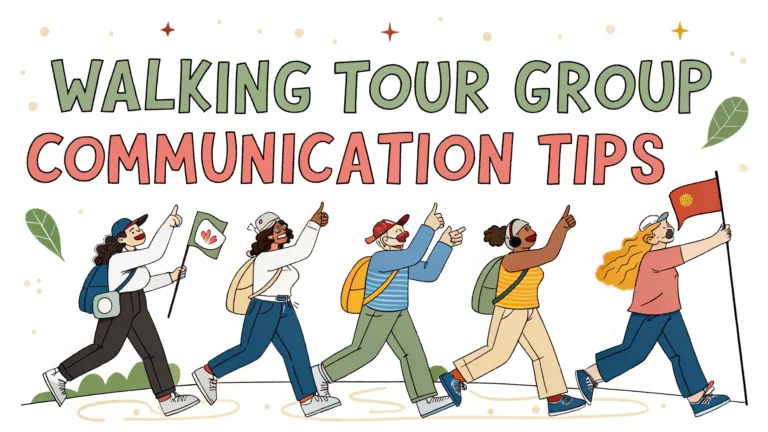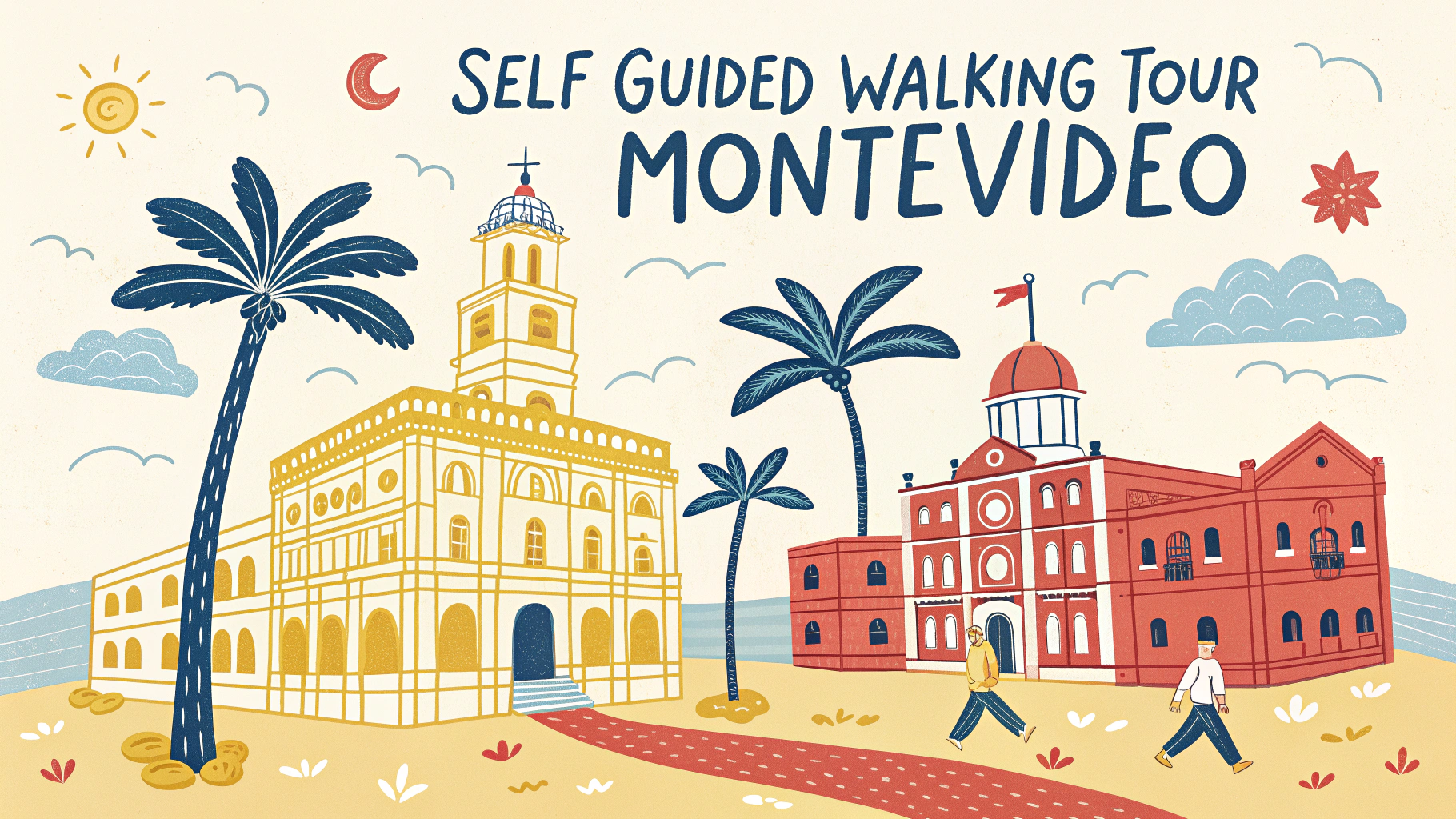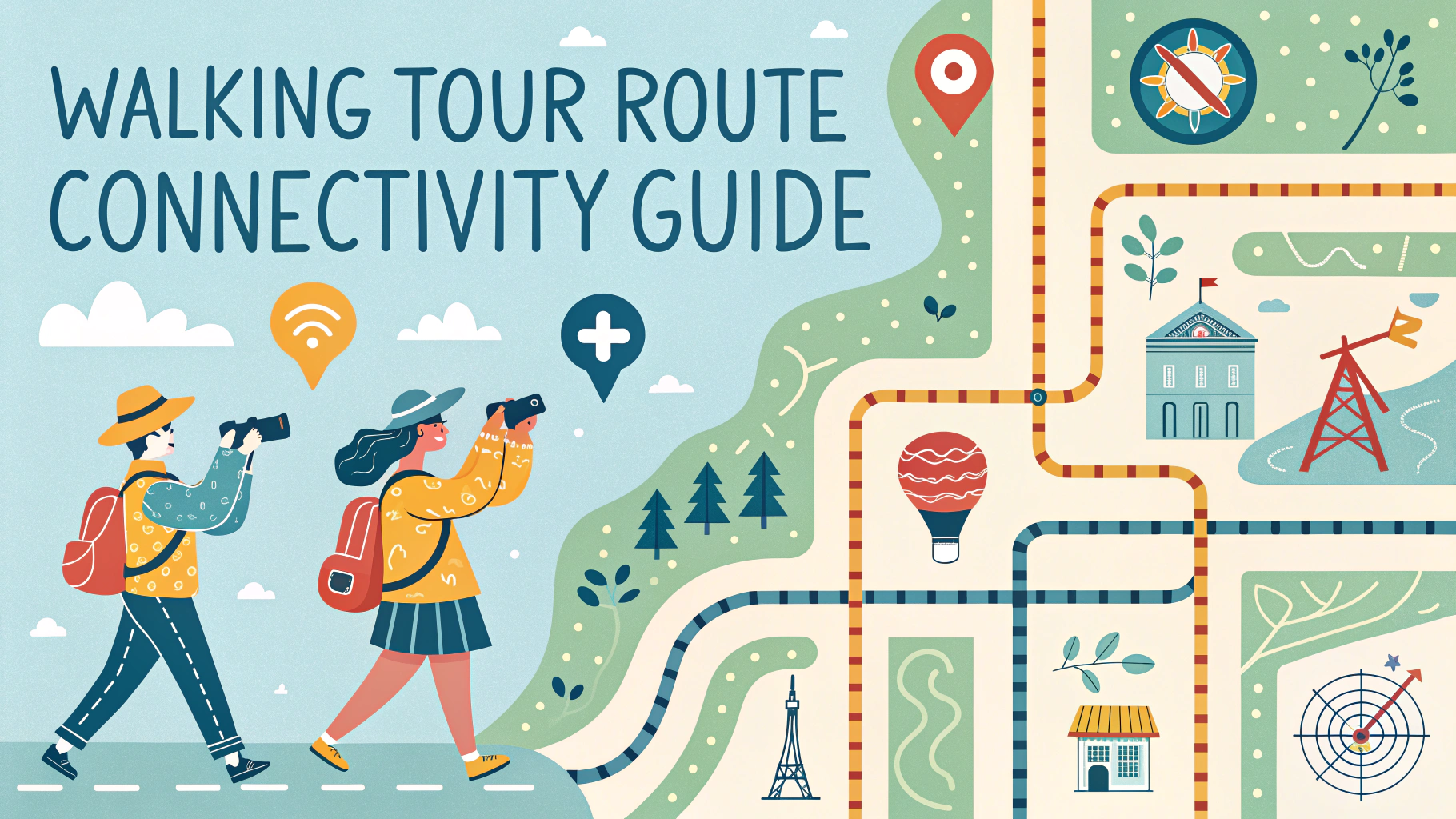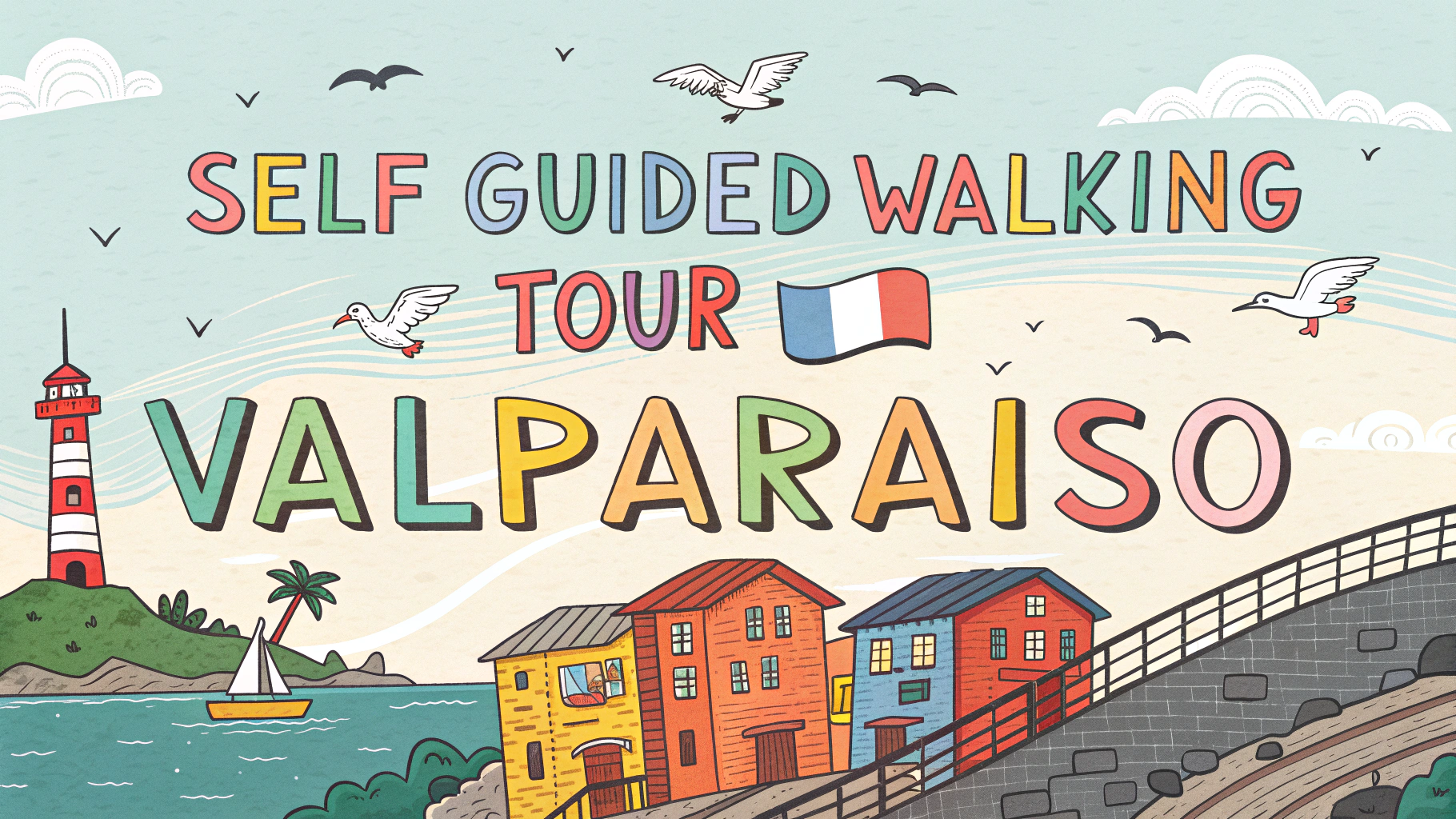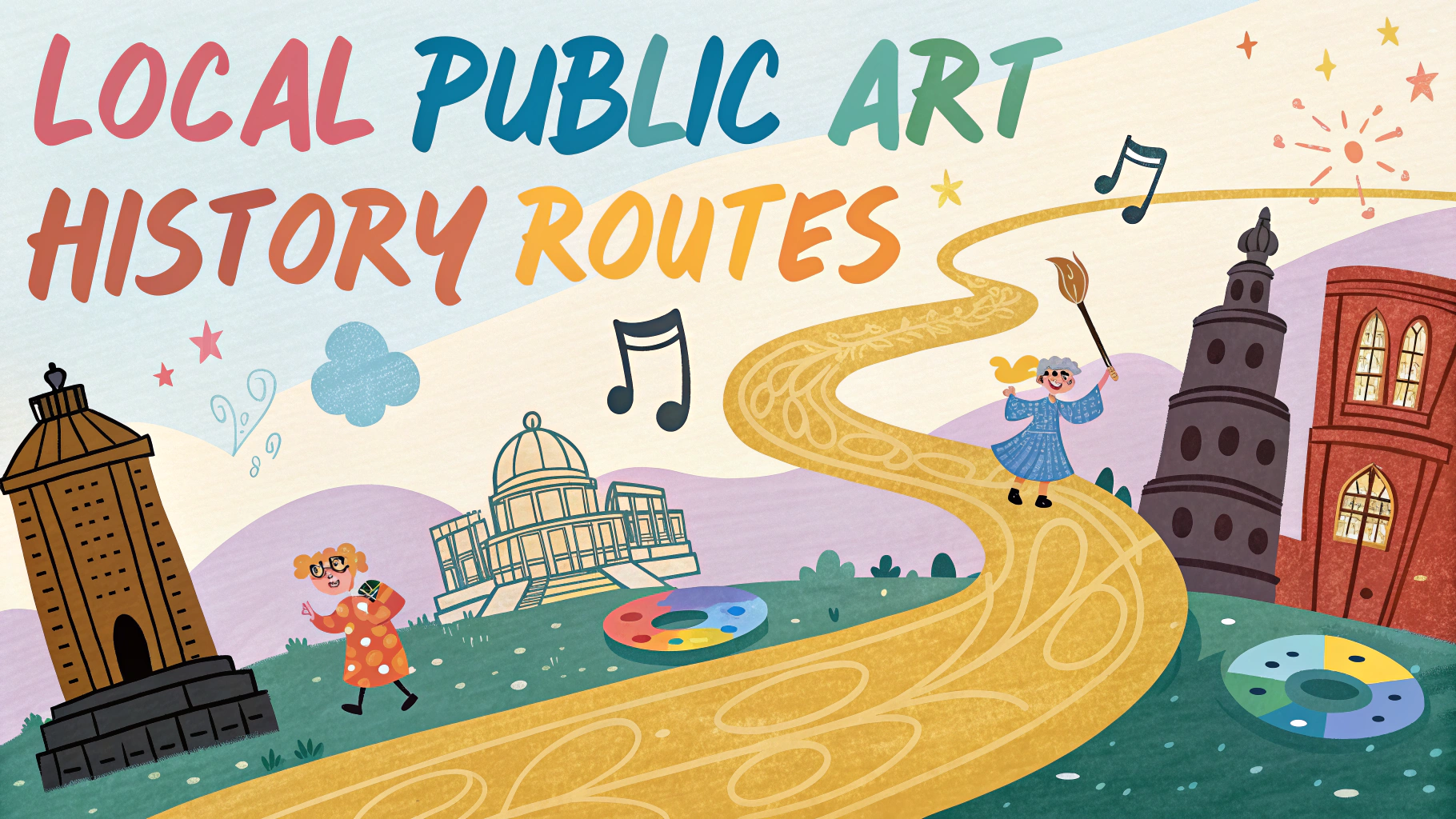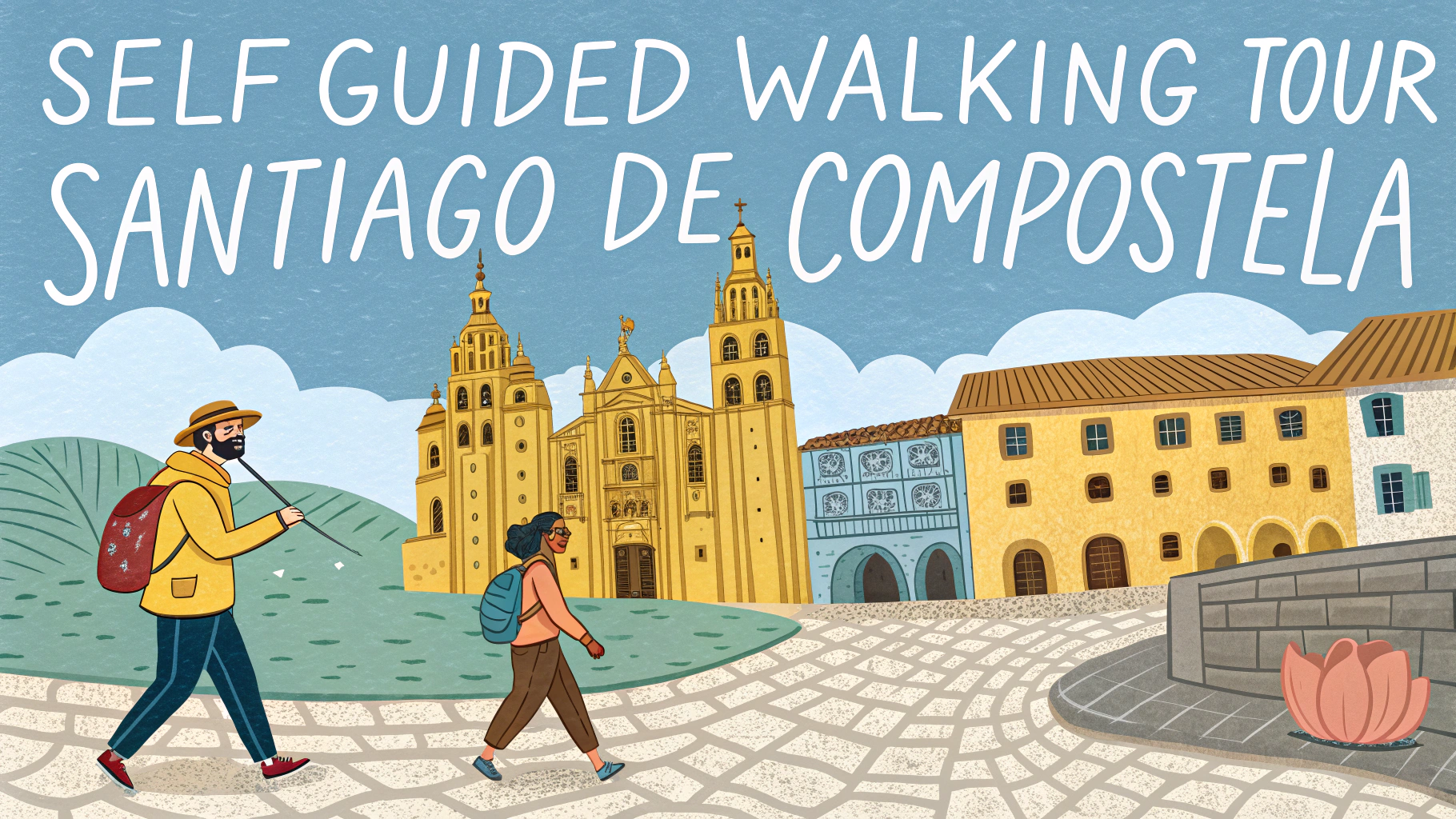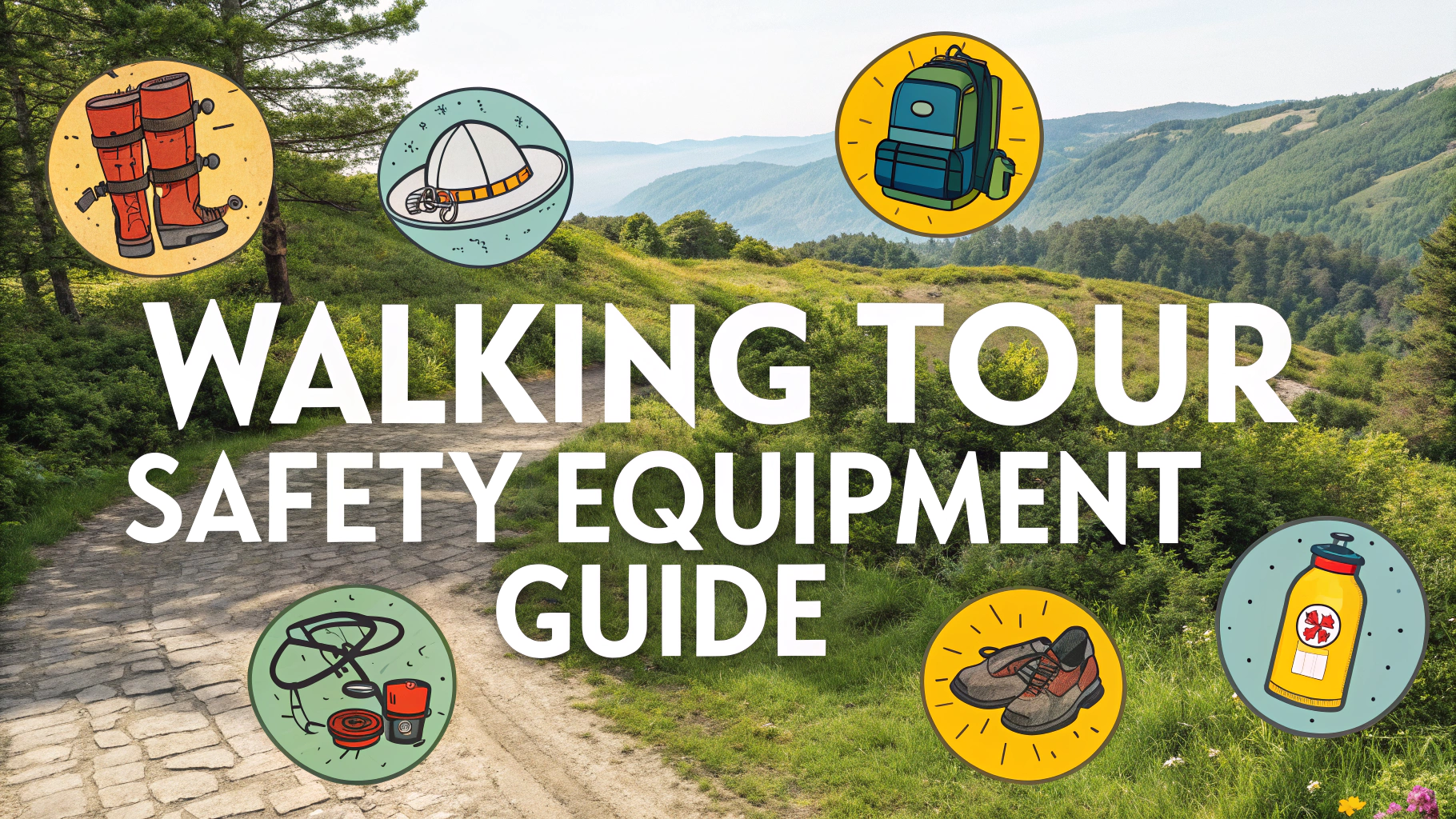Clear communication keeps walking tour groups organized, safe, and engaged throughout their journey.
Before the Tour
Send participants detailed information about meeting points, duration, and what to bring at least 48 hours before the tour.
- Meeting point coordinates and landmarks
- Expected duration and distance
- Required gear and clothing
- Weather considerations
- Emergency contact numbers
Group Management Tips
Designate a lead guide at the front and a sweep guide at the back for groups larger than 10 people.
- Use hand signals for basic communications
- Establish clear voice commands
- Keep the group within sight
- Check headcount at regular intervals
Communication Equipment
Reliable communication tools help maintain group safety and coordination.
- Two-way radios for guide teams
- Portable speaker for larger groups
- Whistle for emergency signals
- Backup phone battery pack
Safety Protocol
Brief participants on emergency procedures before starting the tour.
- 1 whistle blast = Stop
- 2 whistle blasts = Come back
- 3 whistle blasts = Emergency
Group Engagement Techniques
Keep participants interested by using storytelling and interactive elements.
- Ask open-ended questions
- Share interesting local facts
- Point out photo opportunities
- Include regular rest stops
Special Needs Considerations
Collect information about any mobility issues or health concerns before the tour starts.
- Maintain appropriate walking pace
- Plan accessible routes
- Know locations of restrooms
- Keep first aid supplies handy
Weather Adaptations
Have clear communication plans for weather-related changes.
| Weather Condition | Action Plan |
|---|---|
| Rain | Alternative indoor routes |
| Extreme Heat | More frequent water breaks |
| Strong Winds | Sheltered path options |
Post-Tour Follow-up
Send a thank-you message with photos and additional information about locations visited.
- Share group photos
- Provide location details
- Include relevant historical facts
- Request feedback
Tour Documentation
Maintain detailed records of each tour for quality improvement and liability purposes.
- Take attendance records
- Document any incidents
- Track popular stopping points
- Note participant feedback
Guide Training Requirements
Ensure all guides maintain current certifications and knowledge.
- First aid certification
- Local history expertise
- Route familiarization
- Emergency response training
Cultural Sensitivity
Prepare guides to handle diverse groups and cultural considerations.
- Research cultural norms
- Learn basic greetings in multiple languages
- Respect religious sites
- Accommodate dietary restrictions
Quality Control
Regular Assessments
- Monthly route evaluations
- Guide performance reviews
- Equipment inspections
- Customer satisfaction surveys
Conclusion
Effective communication forms the foundation of successful walking tours. By implementing comprehensive pre-tour preparation, clear group management protocols, and thorough follow-up procedures, tour operators can ensure safe, engaging, and memorable experiences for all participants. Regular training, documentation, and quality control measures help maintain high standards and continuous improvement in tour operations.
- Prioritize clear communication at all stages
- Maintain robust safety protocols
- Document and evaluate regularly
- Focus on continuous improvement
FAQs
- What are the essential communication tools needed for walking tour groups?
Portable microphones/voice amplifiers, two-way radios for large groups, a loud whistle or bell for attention, and clear signs or flags for group identification. - How do you effectively manage a large walking tour group size?
Break into smaller sub-groups of 15-20 people, assign assistant guides, establish meeting points, and use a buddy system for headcounts. - What’s the best way to handle language barriers in international walking tours?
Use visual aids, basic hand signals, translated written materials, and consider having multilingual guides or interpreters for larger groups. - How should guides pace the walking tour for mixed fitness levels?
Position slower walkers near the front, schedule regular rest stops, clearly communicate distances and difficulty levels beforehand, and maintain a moderate pace suitable for all participants. - What emergency communication procedures should be in place?
Distribute emergency contact cards, establish clear meeting points, share guide’s mobile number, and have a written emergency protocol including local medical facilities. - How do you maintain group attention during outdoor distractions?
Position the group away from noise sources, use consistent attention signals, face the group when speaking, and choose quiet stopping points for explanations. - What’s the proper way to communicate tour logistics and timing?
Provide a printed or digital itinerary, clearly state duration and distance at the start, give regular time updates, and communicate next stops in advance. - How do you handle stragglers and lost group members?
Assign a sweep guide at the back, use frequent headcounts, establish reunion protocols, and provide maps with marked meeting points. - What visibility techniques work best for crowded areas?
Use brightly colored flags or umbrellas, distinctive clothing or badges for guides, and designate specific gathering spots away from crowds. - How should weather-related changes be communicated?
Send advance notifications for weather updates, have clear cancellation policies, provide alternative indoor routes, and communicate shelter points along the route.
